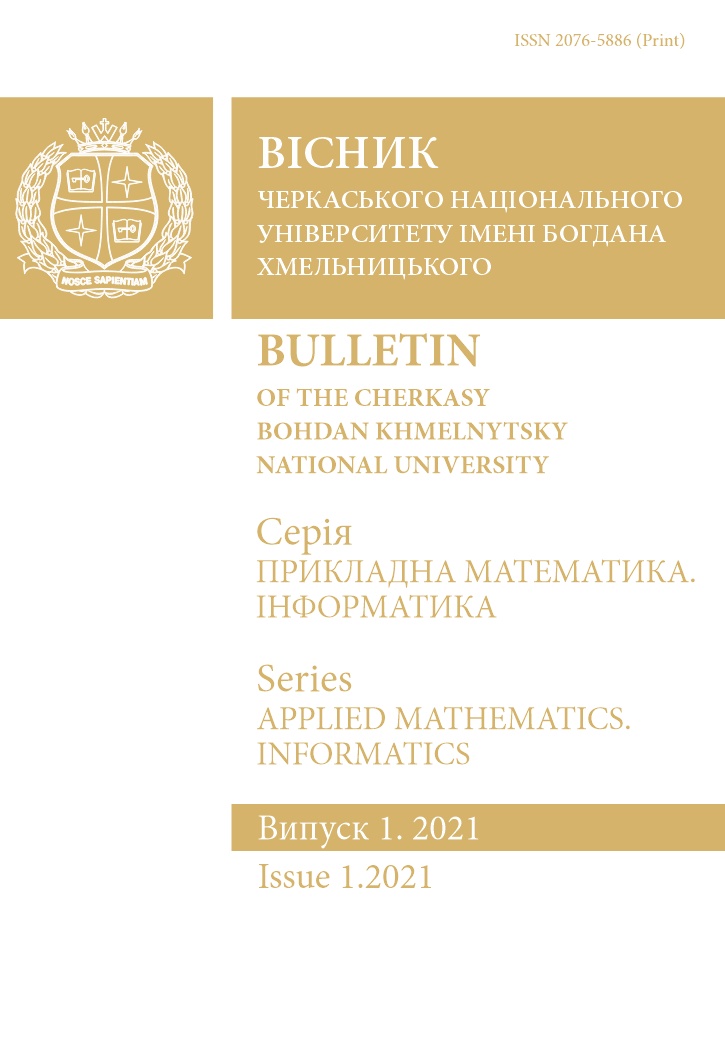МОДЕЛЮВАННЯ РОЗМІРНОГО ЕФЕКТУ У ПРОЦЕСІ ВІДМОВ МІКРОЕЛЕКТРОННИХ ПРИСТРОЇВ НА ОСНОВІ ПІДХОДУ ФОРМУВАННЯ ПЕРКОЛЯЦІЙНОГО КЛАСТЕРА
##plugins.themes.bootstrap3.article.main##
Анотація
Створено комп'ютерну модель та досліджено процес відмов на основі підходу перколяційного кластера. Встановлено показникові залежності середнього часу до відмови, стандартного відхилення та коефіцієнта асиметрії розподілів часів до відмов від розміру системи.
##plugins.themes.bootstrap3.article.details##
Посилання
Tu, K. N. Electronic thin-film reliability / K. N. Tu. – New York: Cambridge University Press, 2010. – 394 p.
Tian, T. A new physical model for life time predictionof Pb-free solder joints in electromigration tests / T. Tian, A. M. Gusak, O. Y. Liashenko, J. K. Han, D. Choi, K. N. Tu // Electronic Components and Technology Conference (ECTC), 2012 IEEE 62nd. – P. 741-746.
Liu, H.-C. Interfacial void ripening in Cu[sbnd]Cu joints / H.-C. Liu, A. M. Gusak, K. N. Tu, C. Chen // Materials Characterizationthis. – 2021, - V. 181. – P. 111459.
Tu, K. N. A unified model of mean-time-to-failure for electromigration, thermomigration, and stress-migration based on entropy production / K. N. Tu, A. M. Gusak //Journal of Applied Physics. – 2019. – V. 126. – № 7. – P. 075109.
Tu, K. N. Mean-Time-To-Failure Equations for Electromigration, Thermomigration, and Stress Migration / K. N. Tu, A. M. Gusak // IEEE Transactions on Components, Packaging and Manufacturing Technology. – 2020. – V. 10(9). – P. 1427–1431.
Бобров, О. А. Розмірний ефект розподілу часів до відмови та часів перетворення / О. А. Бобров, М. О. Пасічний, О. Ю. Ляшенко, А. М. Гусак // Вісник Черкаського університету. Серія Фізико-математичні науки. – 2017. – №1. – С. 53-63.

